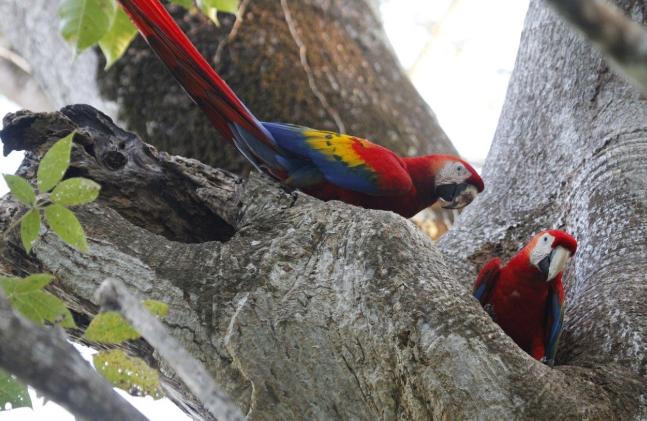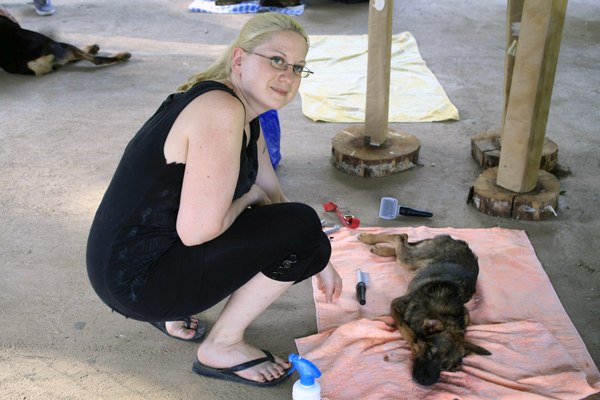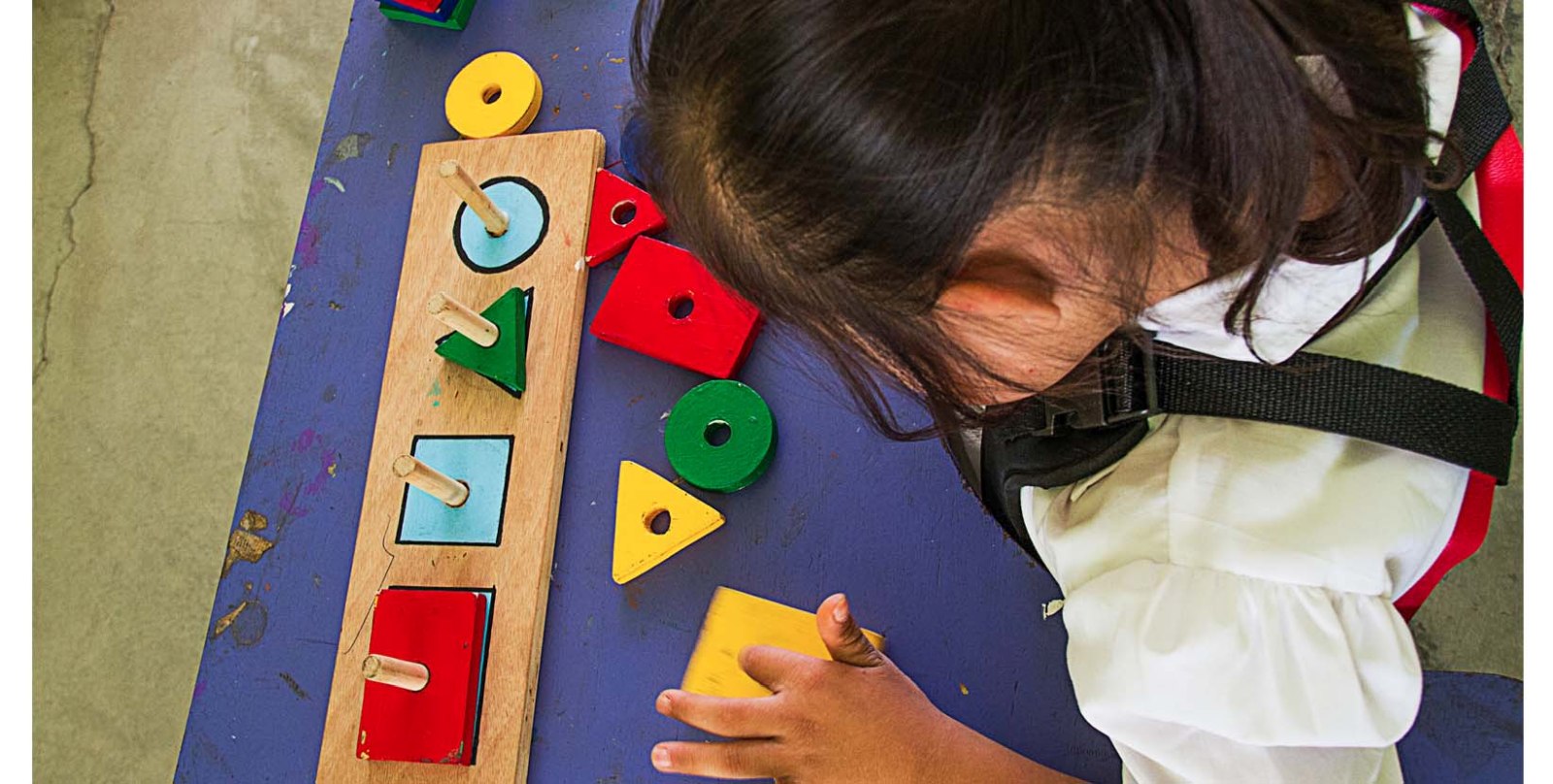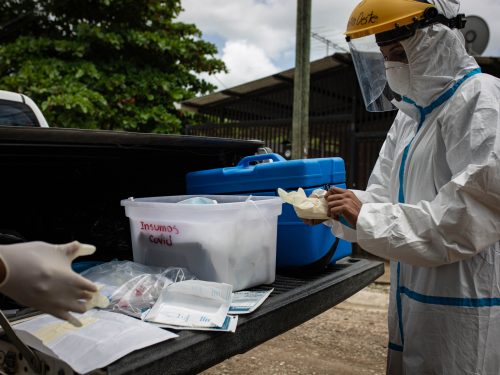
Thirty seconds of video elapse and you see a man preparing his backpack with a luggage typical of a mountain climber: helmet, ropes and girdles. They are all the necessary instruments to orchestrate a climb to a fig tree of more than eight meters. At the top of the tree, a group of scarlet macaws await him.
The man is Mario Jiménez, leader of the field team of the Macaw Recovery Network, in Punta Islita, Guanacaste, and monitoring the development of the scarlet macaws is one of his daily tasks at the site.
The video, “A day in the life of Mario”, was uploaded by the organization to the YouTube platform with the intention of keeping the world informed about the condition of the macaws, after they had to close the facilities due to the global emergency of COVID-19.
According to the Relations Manager of the Macaw Recovery Network, Sady González, the initiative aims to motivate the arrival of volunteers to the project after the pandemic, to maintain contact with the community and, consequently, to encourage donations that allow the continuity of the network.
They are not the only ones. In Cañas, Las Pumas Rescue Center also encourages donations through a campaign in order to face the consequences of the pandemic.
To date, both organizations claim that their initiatives have worked. In the Macaw Recovery Network, they already have more than 130 subscribers and 13 videos; and in the Las Pumas Rescue Center, they managed to raise more than ¢ 600,000 in 13 days.
Videos in style
The main concern of the Punta Islita Macaw Recovery Network was on how to bring information about the organization’s conservation and recovery of scarlet macaws to a new audience, in order to attract future volunteers and people interested in donating to help the network.
According to González, the crisis caused by COVID-19 accelerated the implementation of an idea that had been under discussion for a while: having a channel on the YouTube platform.
Tours to the recovery center and the sale of merchandise such as souvenirs and T-shirts represent 20% of the organization’s income. 80% comes from donations from international supporters, and subsidies from other organizations.
With doors closed, obtaining that money is increasingly more difficult.
Since we started [2018], we had the idea of having a more personal contact with the public so that they could see what we were doing. Every once in a while we would upload a video, but since we closed the tours, we wanted to reach them, ”added González.
The organization receives about 2,800 visitors a year, many of them being foreigners. The manager explains that most arrive with a pre-established plan and with a reservation made for the visit to the center, but that this year many were forced to cancel their plans due to the scourge of the coronavirus.
Among the visitors are also the volunteers, who are around 10 people per season. The YouTube channel also wants to reach that audience.
To date, the organization has 13 videos available on the platform and they already have 131 subscribers.
According to González, the challenge now is to reach people’s homes, attract them to the channel and encourage them to subscribe.
“We want to convey a bit of joy with everything that is happening right now,” he concluded.
For the pumas!
At Las Pumas Rescue Center in Cañas, the doors closed on March 18, and since then, the urgency to find solutions to the pandemic became stronger.
They had to use the money from the savings fund for the improvement of the enclosure, the handling of payrolls and the purchase of animal feed. As well as the temporary dismissal of three of its collaborators.
According to the center’s veterinary doctor, Martha Cordero, 90% of the income comes from tourist visits. In 2019 the figure was 21,000 people. With the closure of the sanctuary, the center can only attend animals that strictly need it, such as those brought by the Ministry of Environment and that need special attention.
Cordero highlights that then, the animals that are normally found, cared for at home and then taken to the recovery center, will stop being cared for, since they do not have enough money to pay for the maintenance of animals that they cannot release.
With this scenario, the volunteer Virginia Pelayo decided to take advantage of the organization’s social networks to create a campaign that encourages donations.
On the official Facebook page of Las Pumas Rescue Center, they have more than 40,000 likes and close to 50,000 followers. Numbers that according to Pelayo, should be leveraged.
Thus, they devised a campaign that consists of using images of the animals in the center and information explaining how the organization has been economically affected by the impact of COVID-19 in the country.
Since March 26, Facebook and Instagram accounts constantly update their visitors with new publications. Something that was not previously being done regularly.
As a result, they were able to raise more than ¢ 600,000 in ten days. The money was used to repair a damaged water pump during the current quarantine.
In the Rescue Center they are not sure how the accounts will be in a few months. However, they hope that the campaign will continue to help support the animals.
In addition, they assure that they will continue to devise new ways to cope with the crisis.
If you want to donate in the Macaw Recovery Network, you can enter the site: https://macawrecoverynetwork.org/support-our-cause/donate/. And if you want to collaborate with the Las Pumas Rescue Center, you can do so through this link.







Comments